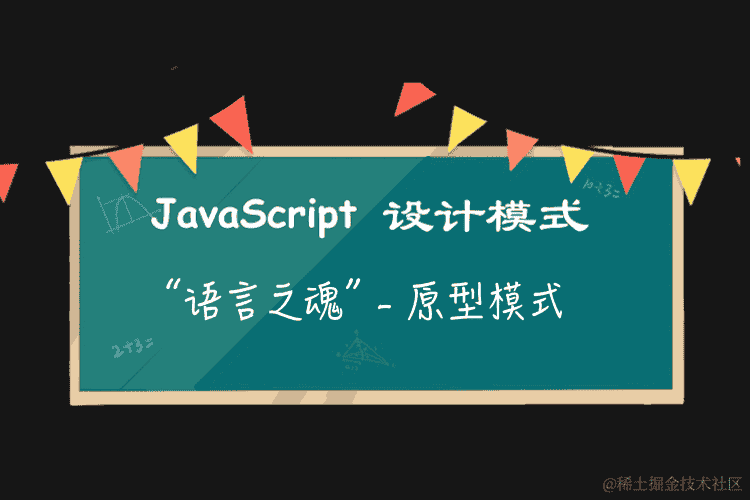禁用 LinearLayout 基线对齐优化性能指南
2024-03-16 14:16:54
提高 LinearLayout 性能:禁用基线对齐
什么是基线对齐?
LinearLayout 是一种流行的布局容器,允许我们水平或垂直排列子视图。默认情况下,LinearLayout 按子视图的基线对齐子视图,这意味着所有子视图的文本基线都垂直对齐。
禁用基线对齐如何提高性能?
当 LinearLayout 包含具有不同大小或字体的文本视图时,基线对齐会导致性能问题。布局引擎必须计算每个子视图的基线偏移量,这是一个耗时的过程。通过将 LinearLayout 中的 baselineAligned 属性设置为 false,我们可以禁用此对齐,从而提高性能。
当权重涉及时,性能如何提高?
当子视图具有权重时,LinearLayout 必须根据权重计算子视图的大小。如果子视图按基线对齐,则布局引擎还必须计算子视图的基线偏移量。通过禁用基线对齐,布局引擎只需计算子视图的大小,从而显着提高性能,尤其是在 LinearLayout 包含大量子视图的情况下。
示例
下面是一个使用基线对齐的 LinearLayout 示例:
<LinearLayout
android:layout_width="match_parent"
android:layout_height="match_parent"
android:orientation="vertical"
android:baselineAligned="true">
<TextView
android:layout_width="wrap_content"
android:layout_height="wrap_content"
android:text="This is a text view." />
<TextView
android:layout_width="wrap_content"
android:layout_height="wrap_content"
android:text="This is another text view." />
</LinearLayout>
以下是一个禁用基线对齐的相同 LinearLayout 示例:
<LinearLayout
android:layout_width="match_parent"
android:layout_height="match_parent"
android:orientation="vertical"
android:baselineAligned="false">
<TextView
android:layout_width="wrap_content"
android:layout_height="wrap_content"
android:text="This is a text view." />
<TextView
android:layout_width="wrap_content"
android:layout_height="wrap_content"
android:text="This is another text view." />
</LinearLayout>
结论
在 LinearLayout 中禁用基线对齐是一种简单的优化技术,可以显着提高性能,尤其是在它包含大量子视图或文本视图具有不同大小时。通过禁用基线对齐,布局引擎不必计算子视图的基线偏移量,从而节省了处理时间。
常见问题解答
1. 我总是应该在 LinearLayout 中禁用基线对齐吗?
答:不一定。如果子视图大小相同且文本大小相同,则启用基线对齐可以改善视觉对齐。然而,对于其他情况,最好禁用它以提高性能。
2. 禁用基线对齐后,我的子视图看起来不一致怎么办?
答:如果子视图在禁用基线对齐后出现不一致,则可能需要调整布局或使用权重属性来确保它们正确对齐。
3. 除禁用基线对齐外,还有哪些提高 LinearLayout 性能的方法?
答:其他优化方法包括使用权重而不是固定大小、避免嵌套 LinearLayout 以及使用约束布局等高效布局。
4. 禁用基线对齐会影响可访问性吗?
答:禁用基线对齐通常不会对可访问性产生负面影响,但它可能会影响文本对齐的视觉效果,对于患有阅读障碍的人来说可能是有问题的。
5. 有没有一种方法可以动态启用或禁用基线对齐?
答:是的,可以使用 setLayoutTransition 方法和自定义 LayoutTransition 监听器来动态启用或禁用基线对齐。




